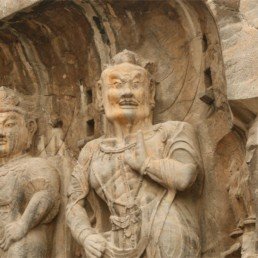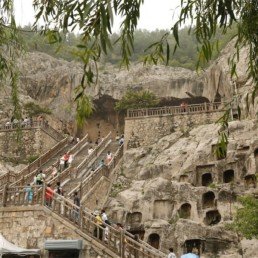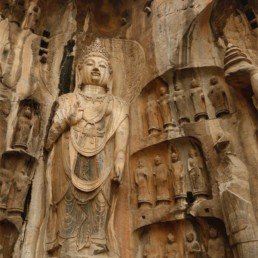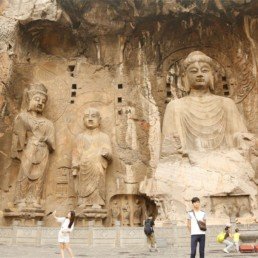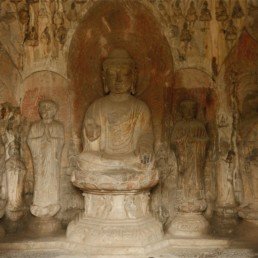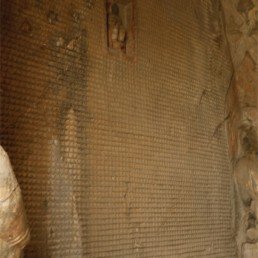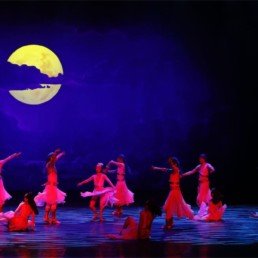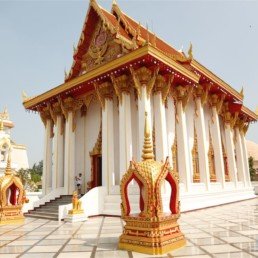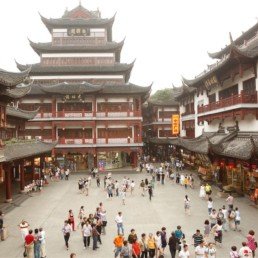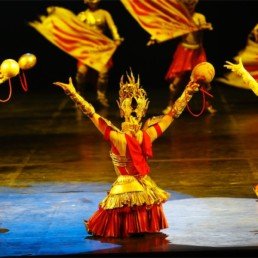RESTORATION
What Is Specific In Ajanta?

© 2026 prasadpawar. All rights reserved
“Unity in diversity” the rich Indian culture of 2000 years ago can be specifically seen Indian cultural history Indian cultural philosophy Indian cultural art grandeur Indian cultural lifestyle Indian cultural rich tradition Indian cultural Universal thoughts – idea of knowledge Indian cultural exchange within Asian continent is in Ajanta.
What Is The Present Condition Of Ajanta Paintings ?

© 2026 prasadpawar. All rights reserved
Many Jatak Katha’s or stories are on the verge of destruction and getting extinct. We are forced to see the painting in very scant available natural light in the Caves. ASI regulations, does not permit anybody to touch these Ajanta paintings. Ajanta paintings are deteriorating continuously and damaged portion cannot be completed using colours and material.
Will Ajanta Paintings Continue To Deteriorate As Time Passes?

© 2026 prasadpawar. All rights reserved
YES, We are helpless and can observe the deterioration of the paintings. Onsite Preservation and conservation at Ajanta is not possible to halt deterioration of Ajanta paintings as it is natural and nobody can stop it. Lots of efforts are undertaken to artificially keep it alive but still deterioration shall continue as natural lifespan has ended.
What Is Extent Of Destruction Of Paintings?
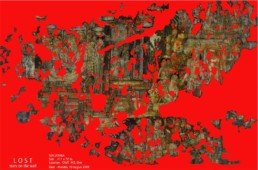
© 2026 prasadpawar. All rights reserved
Contents of the Jatak stories are getting destroyed. Nose, ears, eyes, face, hands, legs like body parts are missing from some places while in some paintings about 62% portion is destroyed. Some paintings have been damaged more. Truth is that, invaluable treasure is getting destroyed slowly. 2000 years Ajanta has survived, but we can’t predict how many years it will survive in future.
How To Conserve The Destroying Indian Culture Depictions?

© 2026 prasadpawar. All rights reserved
2000 years ago lime plaster was applied to stone surfaces on which Ajanta paintings were painted. The actual stone-earth medium can be changed to digital medium and modern technology for preserving it for further 2000 years and beyond also. Medium of presenting this rich Indian culture should be changed with Modern Times.
How To Preserve Ajanta Indian Culture Historical Treasure For Future 2000 Years?

© 2026 prasadpawar. All rights reserved
Since 1989 Prasad Pawar is working for last 30 years for saving the Ajanta paintings style. The “mirror” of Indian culture is getting destroyed. His efforts are to preserve it for thousands of years, educating, research, conservation and thus this invaluable treasure can be conserved for future generations.
How Conservation Of Ajanta Paintings Is Done Through Research Restoration?

© 2026 prasadpawar. All rights reserved
55,000 km journey, visiting 2000 years old temples, caves and study of it enabled Ajanta paintings photo documentation.
COLOR OF THE PAINTING COLOR INTENSITY & CORRECTION
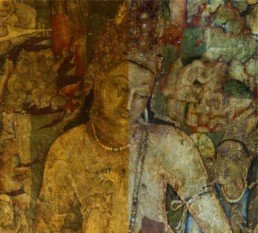
© 2026 prasadpawar. All rights reserved
The biggest wonder of the world is the paintings from Ajanta from the last 2000 years are still in good condition the paint which is made in today’s era may not be having this much of durable life and therefore this treasure of Ajanta art from the culture of India he still live. It shows that Indians before thousands of years were aware of making paints and paints which are durable for more than 2000 years. This technique was very well conversant to Indian culture. It also give light on the quality of colors, quality of color shades, method of painting, brushes of different shapes, etc. The paintings are also long lasting for thousands of years and regular supply of this good quality paints.They had all command on these activities. Jatak Tales of Lord Buddha are right from 2000 years and they are the evidence to Indian culture. Therefore the preservation or restoreration of all this paintings is of very very important. It also reflects on from the Jatak Tales that the main characters from this paintings are showing their social life and there different qualities and association within the social life. It shows the architectural technologies of that era, costumes used by the people of that time and accordingly during analysis of this photograph there are many observations found that wherever there is a direct sunlight falling on the paintings the colors at that particular person are faded and wherever that light is not reaching to the picture the paints are still in good condition. Over a period of time, lot of paintings on these walls are damaged. Another factor that there was a heavy leakage of water during monsoon in these caves through the joints of stones and because of this water when it was falling on this paintings that paintings was also damaged.
28th of April 1819

© 2026 prasadpawar. All rights reserved
Ajanta Caves were found on 28th of April 1819 by a British officer John Smith, who was on the mission of his hunting and he found this Ajanta Caves. After 200 years it was found that these caves were used by human for cooking food and for taking Honey from the honeycomb and during that time they used to make lot of smoke. Because of the smoke there is lot of deterioration in the paintings. Before restriction of the Archeological Survey of India many of the tourist have also damage the paintings intentionally. Therefore many of the paintings have been now protected with a glass frames. It is very difficult task to document all this from the Ajanta on the verge of its diminishing time. Our research needs to identify what portion of paintings has been damaged. Many of these paintings they are either too dark or more light inside or somewhere it is colorless, some where it is only in the form of lines. Considering all these nature of defects each and every micro portion of the field of the paintings have been taken up for color correction and these have been restored into the computers where the color temperature is again corrected to the normal paintings and this variation is controlled very well.
RECONSTRUCTION OF PAINTINGS

© 2026 prasadpawar. All rights reserved
RESTORATION WORK

© 2026 prasadpawar. All rights reserved
PRESERVATION OF INCH BY INCH

© 2026 prasadpawar. All rights reserved
WHAT SIZE OF CONSERVATION IS ACHIEVED ?

© 2026 prasadpawar. All rights reserved

© 2026 prasadpawar. All rights reserved
SPOT VISITS
My work is still today going on day and night to understand Lord Buddha. I visited all around the world in China Longmen Grottes (Luoyang),Lingyin Temple is a Buddhist temple of the Chan sect located north-west of Hangzhou,China. Sri Lanka, Thailand, Nepal and likewise. I studied the Buddhism culture. To understand Indian culture I traveled on the road around 55,000 km in Maharashtra, Madhya Pradesh, Uttar Pradesh, Rajasthan, West Bengal Odisha, Jharkhand, Chhattisgarh, Karnataka, Tamil Nadu, Kerala and likewise many states of India. I visited personally and taken photographs of many of these important paintings and sculptures, which are available in Indian culture. I studied ancient languages and the references of those languages. I am the student of Pali Language Department in the University of Pune and have contact with 200 prominent personalities and the experts all around the world. These all efforts are aimed only at the Restoration, Savings and multiplication of the Ajanta work.
04
COUNTRIES
CHINA, SRI LANKA, THAILAND, NEPAL TOUR IN BUDDHIST COUNTRIES
3600
WORK HOURS
MONUMENTS, CULTURE, ART, PAINTINGS , SCULPTURES
5400
PHOTOGRAPHS
MONUMENTS, CULTURE, ART, PAINTINGS , SCULPTURES
18
MUSEUMS
CULTURE, ART, PAINTINGS , SCULPTURES



